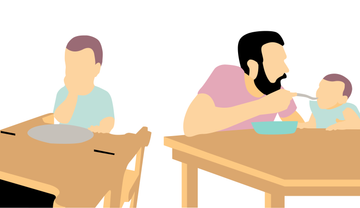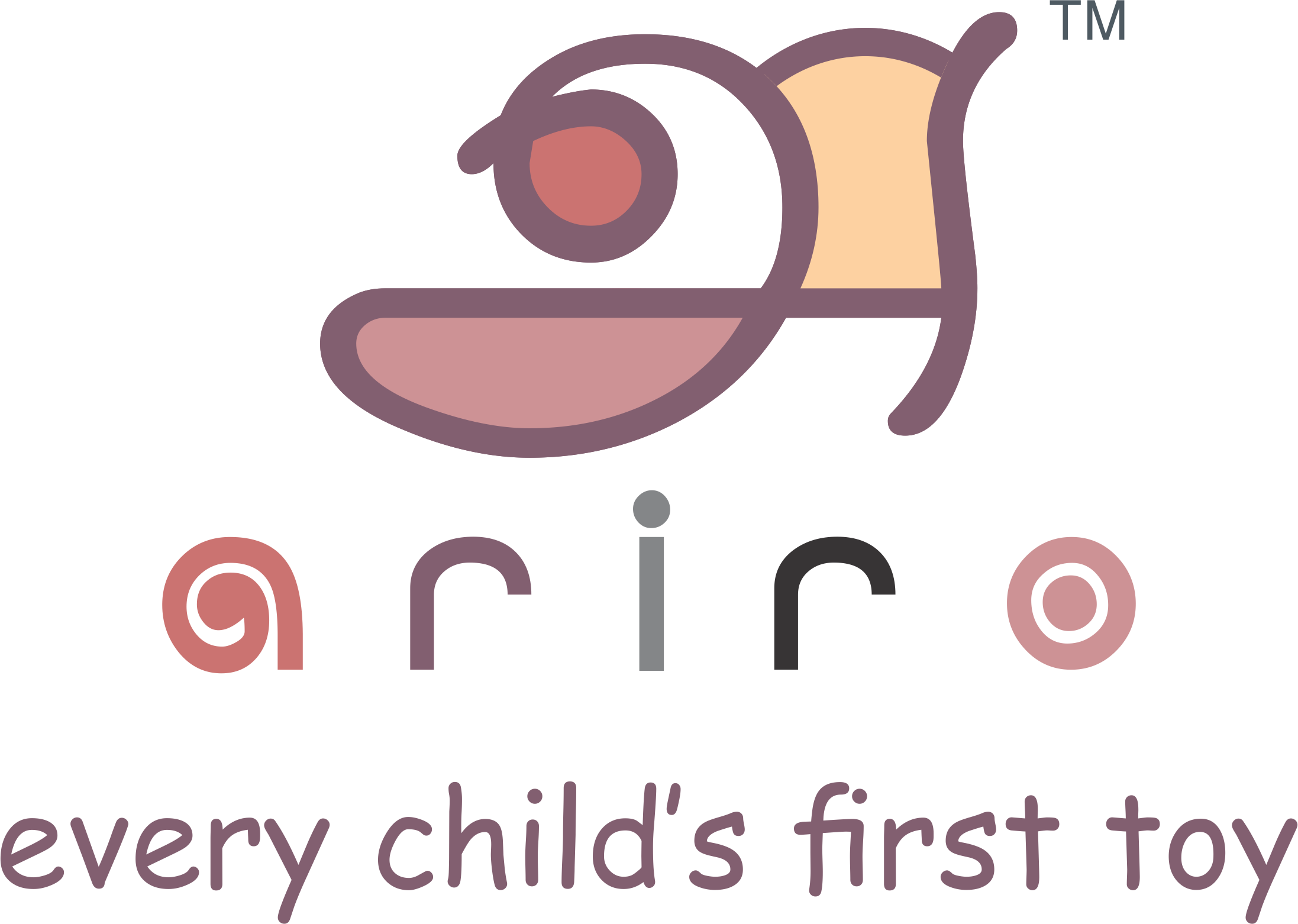
Dr. Montanaro says in her article on The Value of Separation

Right from the time of birth, human life goes through attachment and separation. At birth, there is separation from what is known and familiar- the mother’s uterus, and attachment to the source of love, nourishment and joy- the parents. Through skin-to-skin contact, regular touching, holding and caring, the baby experiences new forms of attachment and finds security in this new familiarity.
As the baby grows, new separations and attachments take place

| Attachment | Separation |
| Breast/Bottle feeding | Weaning |
| Being fed | Eating independently |
| Being held | Crawling away |
| Trusting only the primary caregivers | Increased social independence |
And the list goes on!
The baby initially attaches itself to the only reliable source of safety, food and comfort- the mother/ primary caregiver. This bonding between the mother and baby forms the basis of all other relationships in the first 8 weeks of life (also called the symbiotic period). The interactions between the baby’s caregivers matter greatly for the baby to understand social patterns, manage emotions and anxiety and find a secure base as they grow up.
The level of comfort, trust and safety varies within each family owing to a myriad of issues- like the mother’s personal experiences growing up, connection with the baby, mental health, baby’s temperament, skin-to-skin contact with baby, help received by the mother, etc. These also cause differences in the type of attachment the baby develops with their parent.
Mary Ainsworth came up with 3 types of attachment based on the Strange Situation Experiment. The procedure involves a series of eight episodes lasting approximately 3 minutes each, whereby a mother, child, and stranger are introduced, separated, and reunited.
- Secure Attachment: This is a positive adult-child relationship, where the child feels confident in the adult’s (parent’s) presence, is mildly distressed when they leave and is quickly confident when they come back. These babies could grow up into adults who are comfortable with their emotions, fine being alone and is understanding in close relationships. These children are able to trust their needs being met by the caregiver who protects them and returns every time they go away.
- Ambivalent Attachment: Children or people with this attachment type tend to be overly needy owing to experiences with caregivers who were inconsistent in their emotional availability, affection and care. There could be clinginess on the parent leaving, but also a wariness when they are back.
- Avoidant Attachment: After a long period of absence, the infant may show signs of avoidant attachment where they do not seek comfort from parents, but don’t reject any attention shown towards them. They are not distressed by the parent leaving. This shows up in adults who are emotionally unavailable or unable to share feelings in relationships.
- Disorganised attachment: A disorganized attachment style, also known as disoriented attachment, is formed when a child is emotionally and physically dependent on someone who is also a source of distress or fear.
When the toddler goes into a new space that demands social interaction, it can be intense and unnerving. The child will seek out an adult who provides a secure base. This adult acts as a safe haven when the child is upset and needs assurance. The adults in a child’s life should strive to provide a safe space for them to feel comfortable to share their needs, and be accepted and loved. We can do this by working on regulating our emotions, improving our mental health, creating an environment of love and support for the parents, and meeting the child’s needs whenever possible.








